By Audai Abed, Switchgear Product Line Manager
Managing facilities with old equipment can be tough, especially when trying to keep up with production needs, safety, reliability, regulations, and balancing all of that with cost and budget constraints. Age of equipment leads to increased downtime, scarcity of replacement parts consumes budgets, and neglected equipment drawings (usually red-lined scribbles at best) make troubleshooting an even greater challenge. You might find yourself planning for an upgrade on a very limited budget, and wondering what is most cost-effective, or even possible. To help you make these decisions, here are three real-life examples of critical electrical system upgrades that helped solve our customers’ problems in different applications.
1- Upgrading LV Circuit Breaker Trip Units
Our first customer needed to upgrade LV circuit breaker trip units, which is common, and can be done with readymade kits that improve functionality over the existing trip unit. The unique part of this upgrade was the addition of a remote-control panel (to control the main and tie breakers), which was integrated with the existing control sequence that required paralleling the two mains for 5 seconds before switching (closed transition). Because limiting cost and downtime were critical to this customer, we managed to preserve most of the existing wiring, added a local remote switch, and replicated the local control switches on the remote panel which resulted in a robust hard-wired and cost-effective solution. A local/remote quick trip maintenance switch was added as well for arc flash energy reduction.
This upgrade allowed the customer to:
- Achieve better coordination for the electrical system
- Improve safety and convenience by operating remotely
- Reduce incident energy levels under maintenance
- Modernize and extend the equipment life with significant savings compared to replacing the equipment
- Electronically recreate and update equipment schematics and diagrams for future reference
To plan similar electrical system upgrades, you need to have the models and nameplates for your circuit breakers available to be able to manage the selection of the new trip units accurately, as well as a refreshed coordination study to optimize their protection performance. Regarding the remote-control panel, you need to have your old control wiring diagrams available along with the preferred sequence of operations to identify connection points and the modifications needed for the remote panel to work. For a slightly higher cost, you can achieve even greater functionality by using an HMI controller, a PLC network, or your preferred method.
Adequate planning of such an upgrade can provide a lot of savings. For example, you can send the circuit breakers to be upgraded in batches, or you can upgrade your spares first and put them in service before sending the rest, which helps avoid extensive shutdowns.
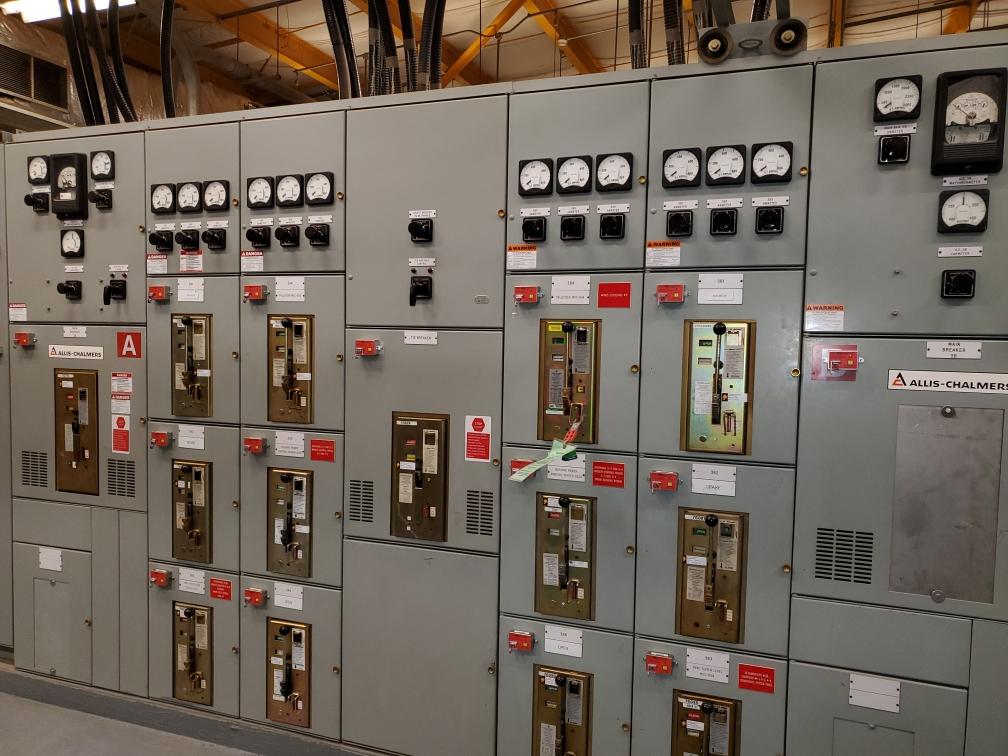
2- Relays, Metering, and Communication Upgrades
Our next customer asked for two electrical system upgrades: the first one was to replace old mechanical relays because spares were difficult to find. Not only were the solid-state relays more readily available for spares, they also offered communication functionality, more optimal coordination, and improved feeder protection beyond overcurrent. Mechanical relays typically serve a single function and demand one relay per phase. When upgrading from old relays to a new 3-phase solid-state relay, you’ll encounter openings on the panel face that need covering or may necessitate an entirely new door.
To plan a similar upgrade, you need to:
- Identify the new relay model
- Measure the panel door to either replace it or cut a cover plate
- Locate the wiring diagram to save time instead of tracing wires and terminal blocks
- Check if you need to replace your CT`s/VT`s or perhaps add new ones depending on the relay you select (if adding new CT`s/VT`s, double-check the available space inside the switchgear)
- Determine the availability of auxiliary control power supply (inside the switchgear or from an external source), as this will affect the new relay selection
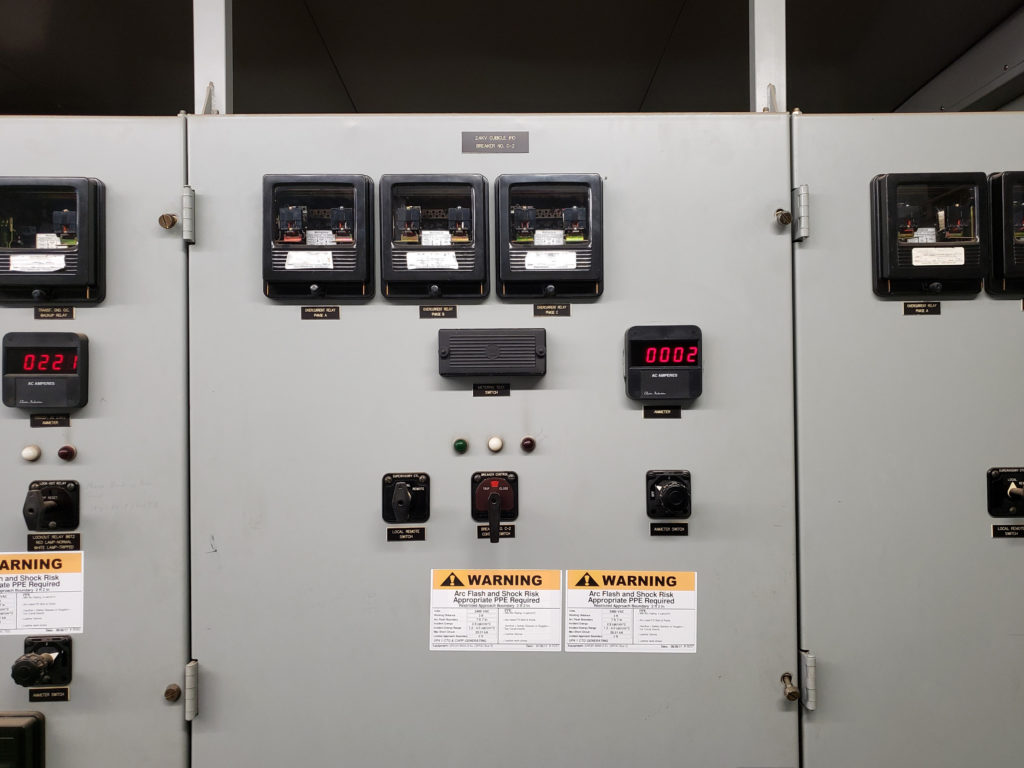
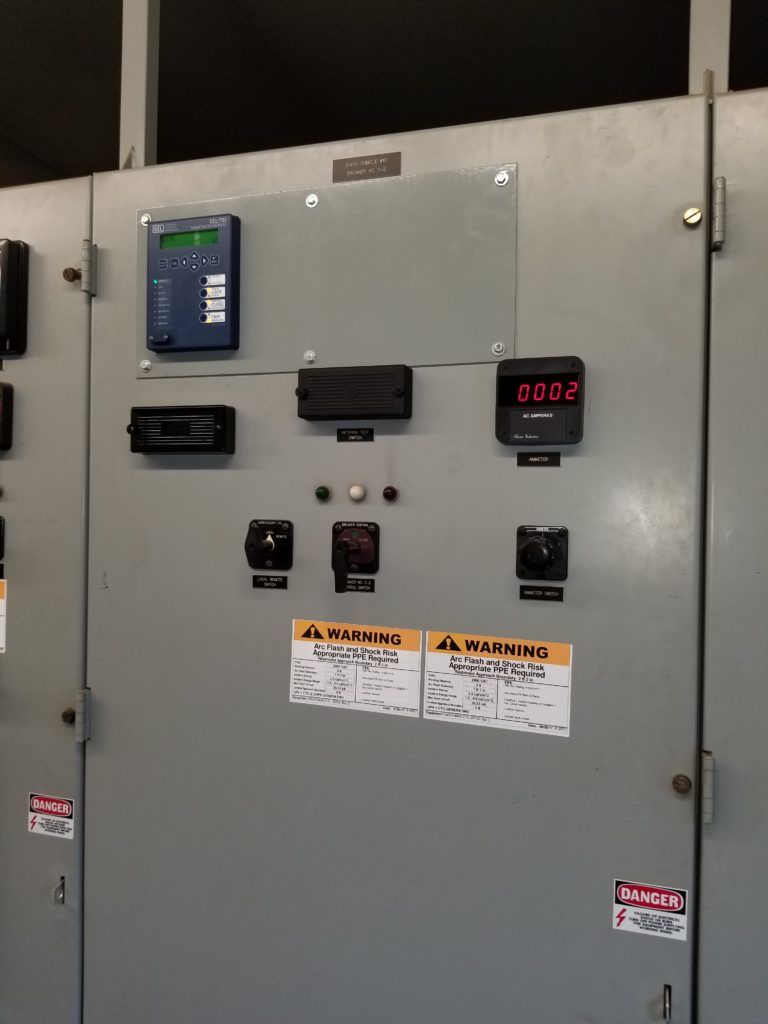
The second upgrade was to add metering and communication capability to a relatively new soft starter that is powering a large chiller unit to integrate to their SCADA. As the soft starter was not originally equipped with metering, CT`s and VT`s needed to be added. We installed the meter in a separate enclosure, which we mounted on nearby switchgear.
If you’re planning for a similar upgrade, you need to choose a spot that is accessible on the switchgear and take your measurement there for when you install the external cabinet. Then, make sure to study your switchgear design and decide whether you need CT`s/VT`s installed, and confirm the location is suitable and has sufficient clearance.
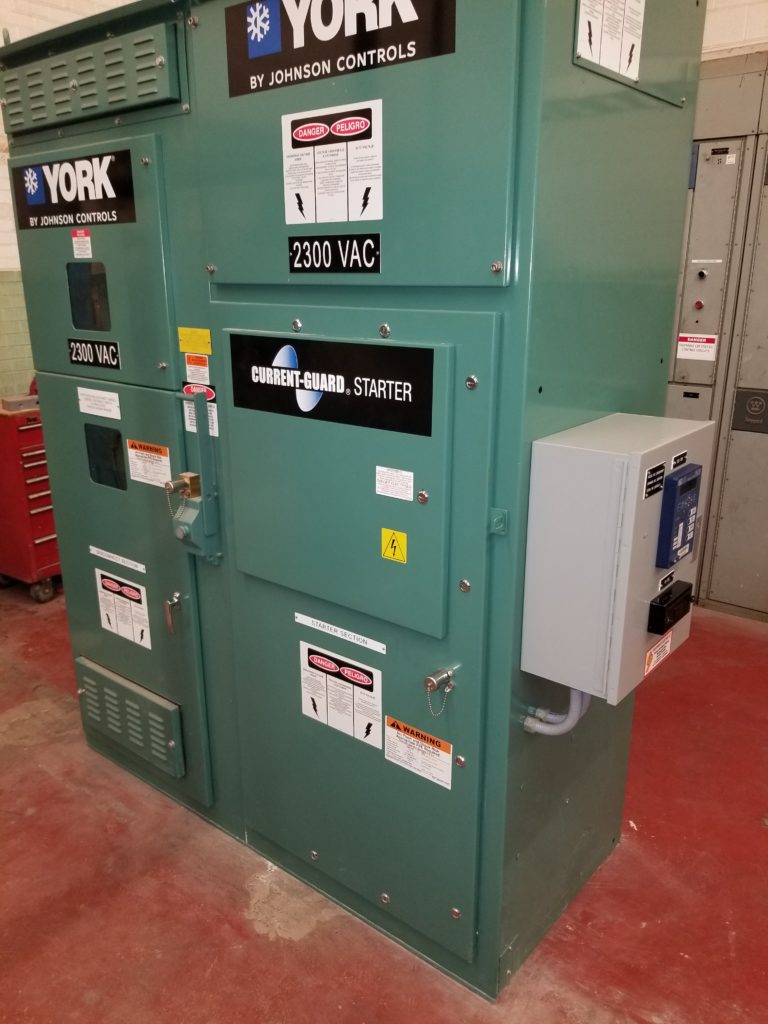
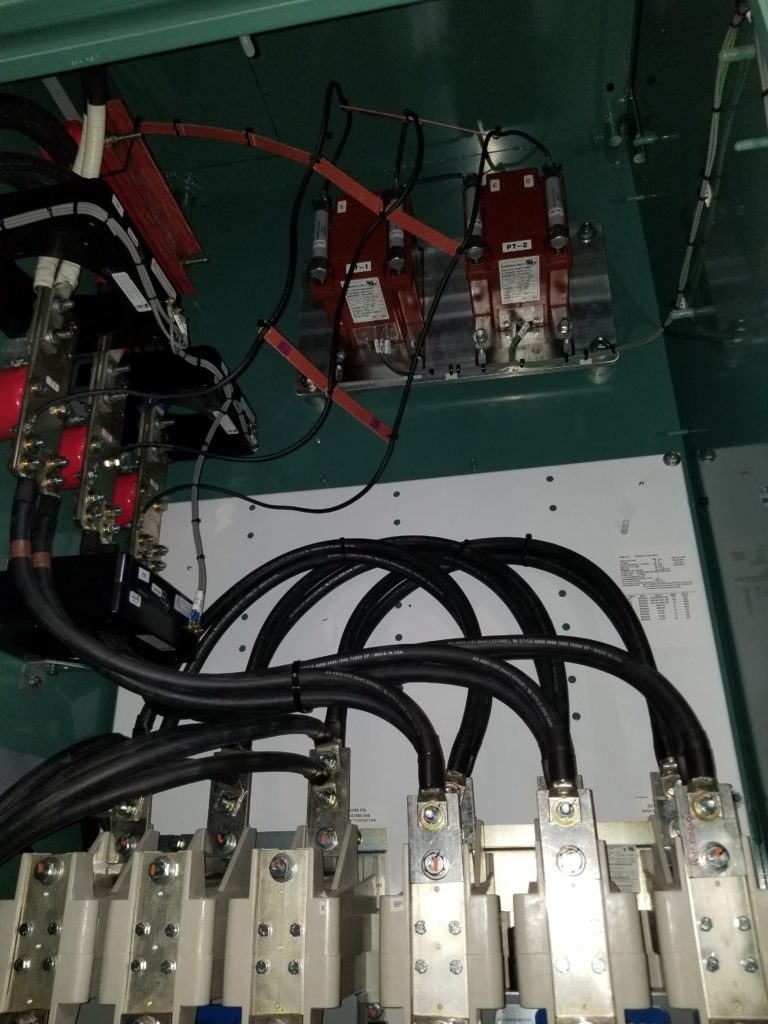
The cost of a similar upgrade depends on the meter and/or relay models selected and can provide solutions like communication, automation, remote operation, advanced protection functions, or integration of old equipment within a building management system or SCADA. The installation can be quick and does not require prolonged outages.
3- Arc Flash Mitigation Solutions
Another customer’s electrical system upgrade required adding arc flash mitigation solutions to an existing substation. Often, effective solutions include installing a new piece of switchgear in the network to properly sense and interrupt arcing faults, which reduces the incident energy. Most often, the replacement installation will be on the primary side of a fuse-protected transformer, but you can place it elsewhere. For this particular customer, replacing existing outdoor equipment was not ideal. To balance between footprint, cost, and downtime, the solution was to utilize the existing substation enclosure and integrate a circuit breaker with relays and CPT for control power.
The solution offered a lot of benefits, as we were able to cut installation cost and lead time of the new equipment roughly in half by eliminating the need for a civil contractor to pour a new concrete slab and extend the fence and completing multiple installations in one short shutdown over the weekend.
To plan for a similar upgrade, check for available space in your substation, as you may be able to retro-fill that space with a circuit breaker and a relay mounted on a small structure, without the need for a full cubicle that requires special cabling, slab, and other preparations. Confirm the availability of control power for your circuit breaker/relay combination, and if it`s not available, you can add a CPT in the same substation.


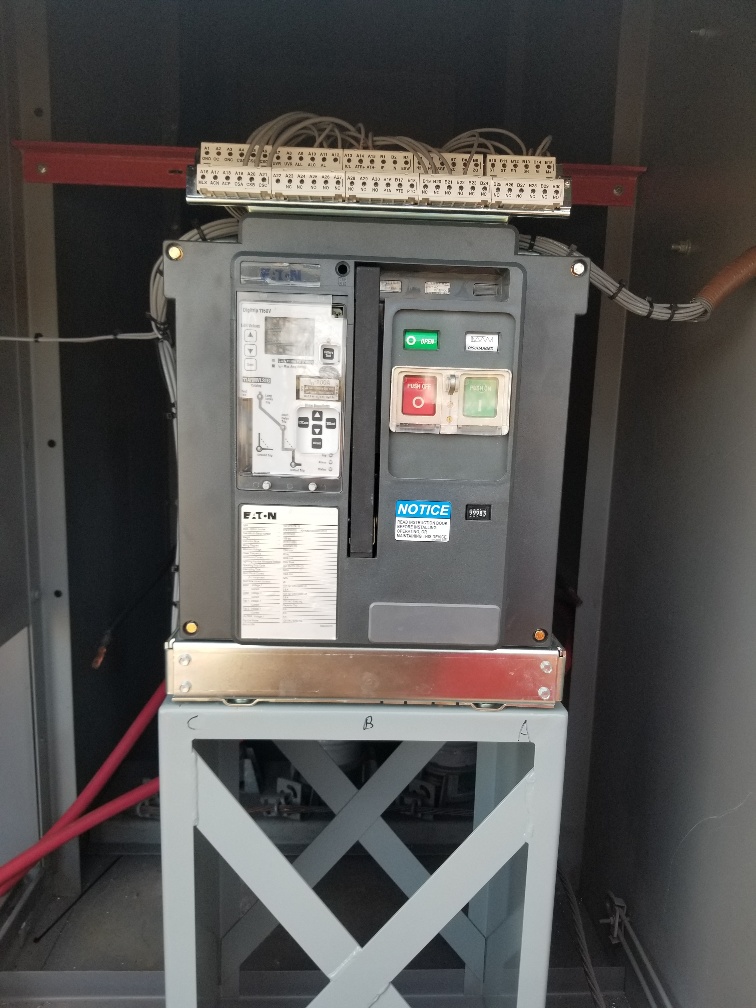
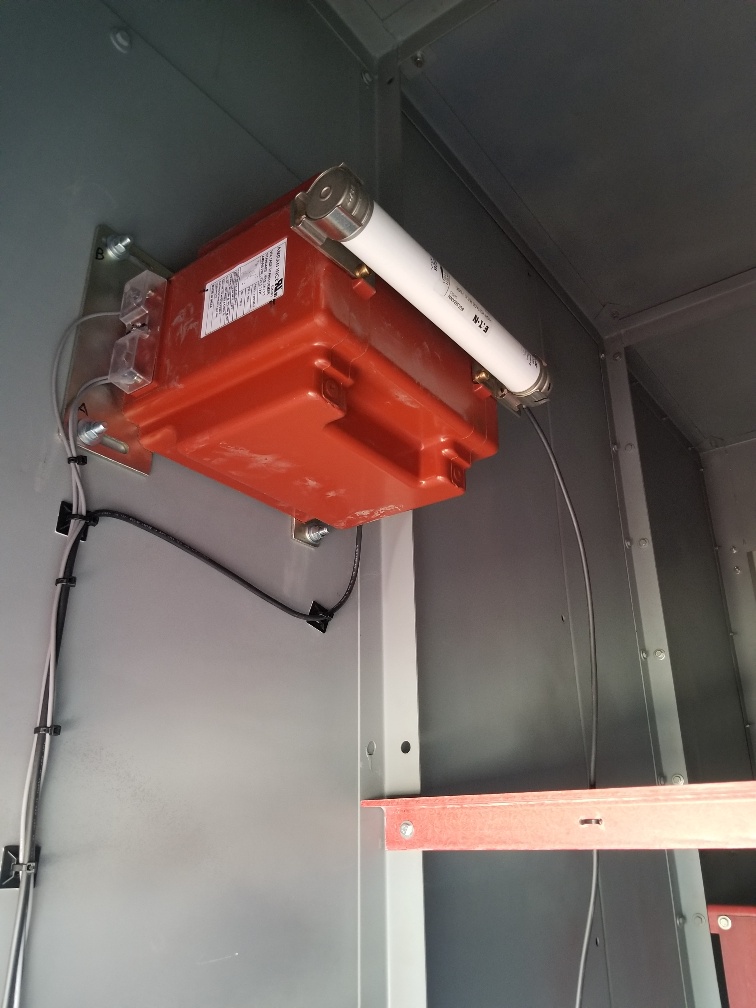
Electrical System Upgrade Information and Support
The more you know about your equipment, the easier your electrical system upgrades will be. Additional information about your protection requirements, auxiliary power, metering, etc. will help your supplier provide a more accurate and budget-friendly proposal. Though there is no one size fits all formula to an electrical system upgrade, custom electrical system upgrade solutions can result in the most optimized benefits with the lowest overall installed and operation cost. When comparing the cost of an upgrade versus replacing your existing equipment, you need to take into consideration the cost of all activities needed to have a fully functional system, such as downtime, cable routing, civil works, installation, sustainable maintenance, and more.
Southwest Electric Co. can help with your custom switchgear and upgrade needs. We can provide solutions to replace, improve, and maintain your electrical network to meet your needs and comply with safety requirements. Give us a call or send us an email, – we will be happy to discuss your needs.
Stay connected. Follow Southwest Electric on LinkedIn and Facebook.